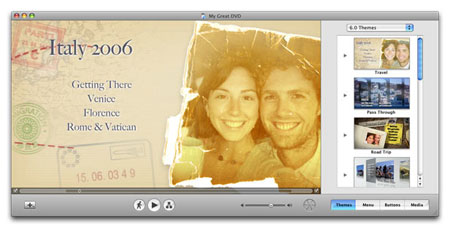“The 2008 election is already shaping up to be the most cyber-savvy presidential contest in the brief history of the Web. Now three major Web sites — Yahoo Elections 2008, The Huffington Post, and Slate — have announced that they will collectively host two online-only debates, one for the announced Democratic candidates and one for Republicans.
The debates will allow the candidates to participate wherever they are located around the country. Each will appear on live video, and will be able to speak to and question the other candidates through the online connection.
The debate will also be uniquely interactive for the audience. Viewers will be able to submit both written and video questions in real-time, and can blog their responses to the candidates’ answers.
The idea of hosting a virtual presidential debate was the brainchild of conservative-turned-liberal-pundit Arianna Huffington, who saw the potential for an online forum while at the World Economic Forum in Davos. That event was covered by both traditional journalists and bloggers.” — Yahoo! News
So, I can be sitting in the Coffee Zone in beautiful downtown Jefferson City (slurping Rocket Fuel)… record a 30 second question and zap the the video clip to the debate site…and see my question (and candidate responses) 5 minutes later. Or, watch what hundreds (thousands?) of bloggers are saying, about what the candidates are saying, in real time. Okay, that’s only cool to bloggers.
I find most TV debates to be a waste of everyone’s time. But I might watch/take part in something like this.


 “In his attempt to dismiss us, Mr. Rove turned to head toward his table, but as soon as he did so, Sheryl reached out to touch his arm. Karl swung around and spat, “Don’t touch me.” How hardened and removed from reality must a person be to refuse to be touched by Sheryl Crow? Unfazed, Sheryl abruptly responded, “You can’t speak to us like that, you work for us.” Karl then quipped, “I don’t work for you, I work for the American people.” To which Sheryl promptly reminded him, “We are the American people.”
“In his attempt to dismiss us, Mr. Rove turned to head toward his table, but as soon as he did so, Sheryl reached out to touch his arm. Karl swung around and spat, “Don’t touch me.” How hardened and removed from reality must a person be to refuse to be touched by Sheryl Crow? Unfazed, Sheryl abruptly responded, “You can’t speak to us like that, you work for us.” Karl then quipped, “I don’t work for you, I work for the American people.” To which Sheryl promptly reminded him, “We are the American people.”